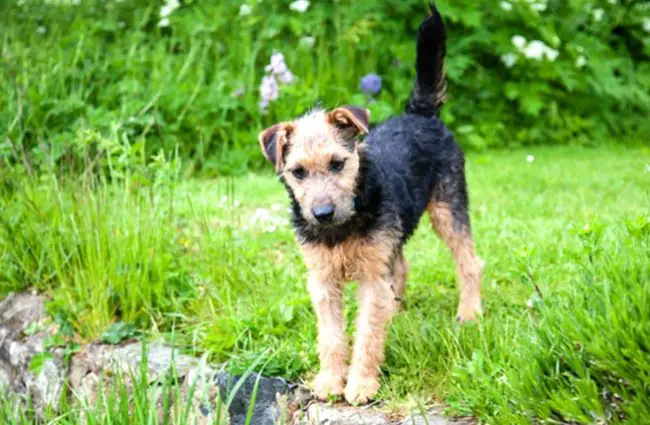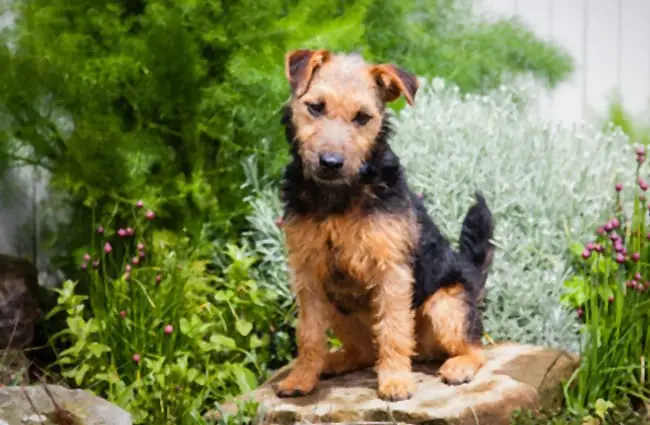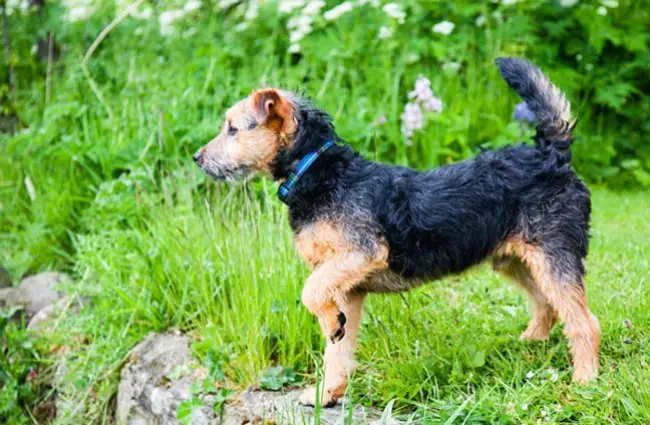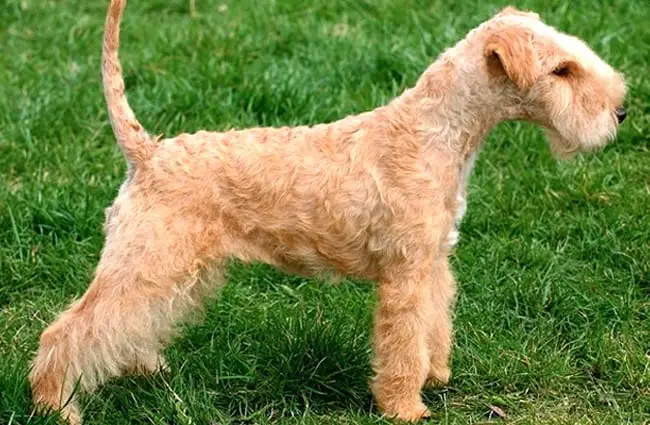A Comprehensive Guide to the Lakeland Terrier
The Lakeland Terrier, a spirited and handsome breed hailing from the fells of England, often goes unnoticed amidst its more flamboyant terrier cousins. Yet, beneath its rugged exterior lies a remarkably adaptable and affectionate companion. This guide delves into the history, characteristics, and care of the Lakeland Terrier, providing prospective owners with a thorough understanding of what it takes to provide a fulfilling life for this exceptional breed.

Origins and Historical Purpose
The Lakeland Terrier’s story is intrinsically linked to the challenging landscape of the Lake District in Cumbria, England. During the 18th and 19th centuries, farmers and gamekeepers required a versatile working terrier capable of navigating rocky terrain and flushing out foxes, otters, and other quarry. The breed wasn’t intentionally “created” in the modern sense, but rather evolved through natural selection, with breeders favoring dogs exhibiting traits best suited for this demanding environment.
Originally known as Fell Terriers, these dogs were essential for controlling vermin and supplementing the family larder. They needed to be bold, tenacious, and able to work independently. The modern Lakeland Terrier traces its lineage back to these hardy working dogs, though selective breeding has refined its appearance and temperament for companionship. Recognition by the Kennel Club came in 1921, formally establishing the Lakeland Terrier as a distinct breed.
Physical Characteristics
Lakeland Terriers are small but powerfully built dogs. They typically stand between 13 and 15 inches tall at the shoulder and weigh between 15 and 18 pounds. Their most distinctive feature is their wiry, dense double coat. This coat provides essential protection against the harsh weather conditions of their native Lake District. Accepted color variations include black, blue, red, and wheaten, often with tan markings.
The Lakeland Terrier possesses a characteristic “broken” coat texture, appearing slightly unkempt. This is not a flaw but a desirable trait that contributes to their weatherproof qualities. Their ears are V-shaped and droop forward, and their dark, almond-shaped eyes convey intelligence and alertness. The tail is traditionally docked, although this practice is becoming less common and is illegal in some countries. A properly conformed Lakeland Terrier appears balanced and agile, reflecting its working heritage.

Temperament and Behavior
Lakeland Terriers are known for their spirited and independent personalities. They possess a healthy dose of terrier tenacity and aren’t afraid to voice their opinions. Despite their boldness, they are affectionate and loyal companions, forming strong bonds with their families. They are playful and energetic, enjoying interactive games and outdoor activities.
Early socialization is crucial for Lakeland Terriers. Exposing them to a variety of people, places, and sounds from a young age helps them develop into well-adjusted adults. They can be somewhat reserved with strangers, but rarely aggressive if properly socialized. Like many terriers, they have a prey drive and may chase small animals. This necessitates secure fencing and careful supervision when outdoors. They also have a digging instinct, so providing a designated digging area can protect your garden.
Caring for Your Lakeland Terrier
Lakeland Terriers require regular grooming to maintain their coat and prevent matting. Weekly brushing is essential, and professional grooming, including stripping the coat several times a year, is recommended. Stripping removes dead hairs and preserves the coat’s texture and color. Bathing should be infrequent, as excessive bathing can strip the coat of its natural oils.

Exercise Needs
Despite their small size, Lakeland Terriers are energetic dogs requiring a good amount of exercise. Daily walks, playtime in a secure yard, and interactive games are essential to keep them physically and mentally stimulated. They excel in canine sports such as agility, flyball, and earthdog trials, which provide both exercise and mental challenge. A bored Lakeland Terrier can become destructive, so providing adequate outlets for their energy is crucial.
Dietary Considerations
A high-quality dog food formulated for small breeds is recommended. Adjust the portion size based on your dog’s age, activity level, and metabolism. Avoid overfeeding, as Lakeland Terriers are prone to weight gain. Providing fresh water at all times is essential. Certain dietary sensitivities can occur, so monitor your dog for any signs of allergic reactions.
Training and Mental Stimulation
Lakeland Terriers are intelligent but independent thinkers, which can make training challenging. Positive reinforcement methods, such as rewarding desired behaviors with treats and praise, are most effective. Consistency and patience are key. Early obedience training is essential to establish good manners and prevent behavioral problems. Puzzle toys and interactive games can provide mental stimulation and prevent boredom.

Health Considerations
Lakeland Terriers are generally healthy dogs, but like all breeds, they are prone to certain health conditions. These include:
- Progressive Retinal Atrophy (PRA): A degenerative eye disease that can lead to blindness.
- Late-onset Ataxic Syndrome (LOAS): A neurological disorder causing loss of coordination.
- Patellar Luxation: A condition where the kneecap dislocates.
- Allergies: Skin and food allergies are common.
Responsible breeders screen their breeding stock for these conditions to minimize the risk of passing them on to their puppies. Regular veterinary checkups are essential for early detection and treatment of any health problems.

Is a Lakeland Terrier Right for You?
The Lakeland Terrier is a wonderful companion for the right owner. They thrive in active households where they receive plenty of exercise, mental stimulation, and affection. They are not a breed for the faint of heart, as they require consistent training and grooming. If you are looking for a spirited, independent, and loyal companion, the Lakeland Terrier may be the perfect breed for you. However, be prepared to embrace their terrier temperament and provide the consistent care and attention they deserve.






![Red Angus Closeup of a beautiful Red Angus cowPhoto by: U.S. Department of Agriculture [pubic domain]https://creativecommons.org/licenses/by/2.0/](https://animals.net/wp-content/uploads/2020/03/Red-Angus-4-100x75.jpg)

